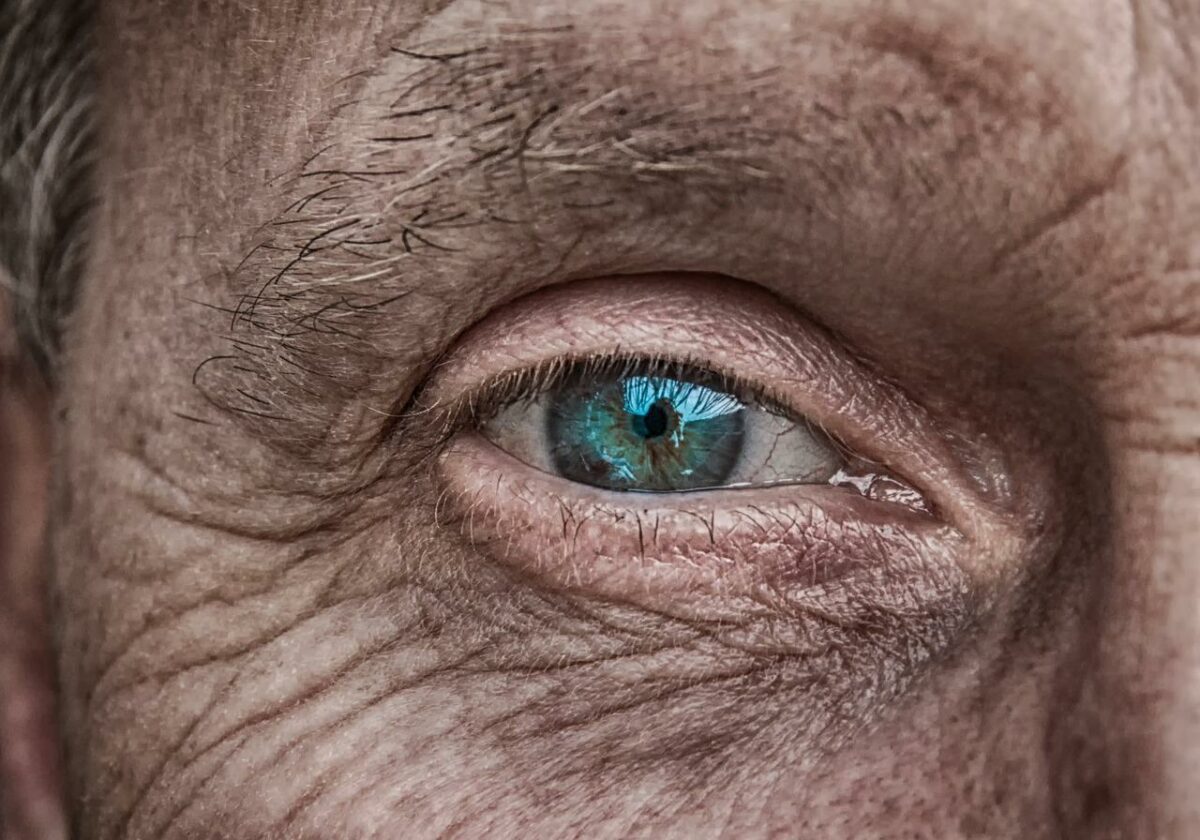The University of California develops an easy-to-use mobile app to detect early signs of neurodegenerative diseases such as Alzheimer’s
“The eyes, guy. They never lie” is the mythical phrase from the movie scarface. According to Tony Montana protagonist Al Pacino, the eyes never lie when someone likes you. In addition to expressing emotions, the eyes can also inform about some diseases. For example, a red spot on the sclera, the white part of the eye, is usually a ruptured blood vessel. It can also indicate high blood pressure, diabetes, or blood clotting disorders that cause excessive bleeding.
Now, a mobile application, developed by the University of California (USA), can detect early signs of Alzheimer’s disease and other neurological conditions with the analysis of the eyes. “An assessment tool could facilitate the development of a minimally invasive and inexpensive pupillary response test to help detect and understand diseases such as Alzheimer’s disease. It would have a huge impact on public health,” says Eric Granholm, contributor to this project and director of the Mental Health Technology (MHTech Center).
In the initial phase of Alzheimer’s disease, symptoms may be mild. A sign of dementia is vision problems that can cause difficulties with balance, problems with reading, judging distance, and defining color or contrast.
In 2014, the research team of Matthew E. Growdon observed that when the beta-amyloid protein, essential for the transmission of information between neurons, is found in the eye, it is related to the onset of Alzheimer’s. However, these plaques were detected late in the disease and diagnosis was expensive and impractical.
How does the app work?
Before starting the test, one adapter must be incorporated into the upper part of the mobile that surrounds the eye, the other must be covered by hand. When the exam begins, the app uses the smartphone’s facial recognition camera to measure pupil reactivity like a pupillometer.
The infrared camera detects a person’s pupil and iris difference, this is especially important in darker colored eyes. The app then measures the pupil size. Besides the apps captures the distance between the mobile device and the user to consider it in the pupil diameter calculation. During the test, it is recommended to be in a well-lit area, avoid distractions, and minimize head and hand movements.
The sample of this study was 15 participants between 18 and 26 years old. The team works to make this app work on any phone. The next tests will be carried out with elderly people who will self-evaluate at home. They will also test with people with mild cognitive impairment to see if it is a screening tool for early stage Alzheimer’s disease.
Neurodegenerative diseases are not the only ones that can be detected through the eyes. Four years ago, Google developed a computer program that deduced personal data like age, blood pressure or whether people smoked by looking at the back of their eyes. With this information, you can even predict your risk of having a heart attack without having a blood test.
REFERENCE
